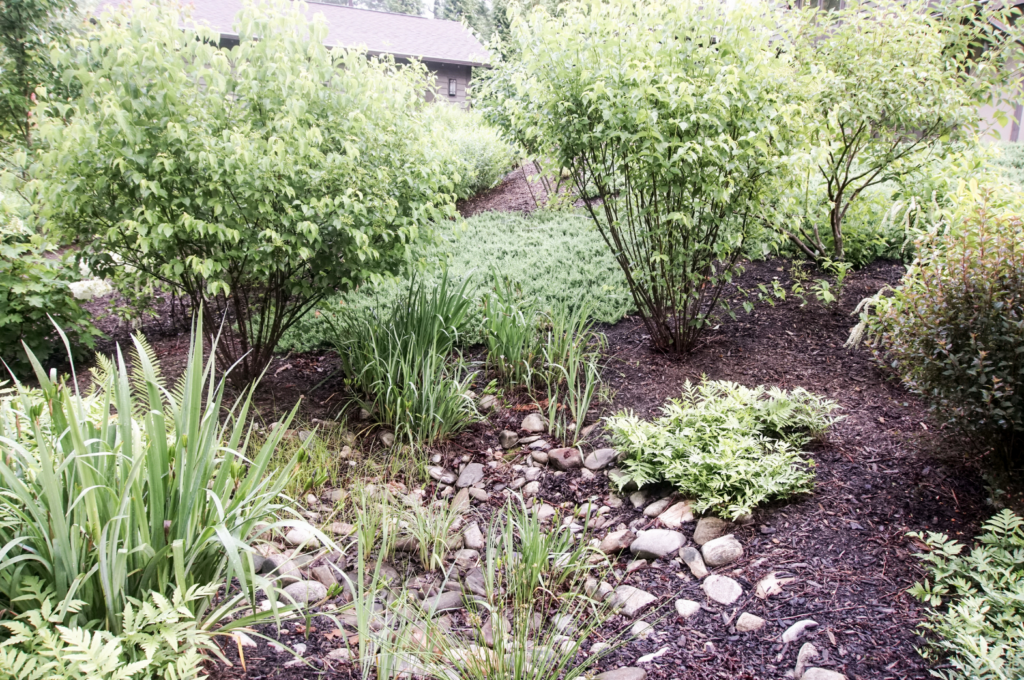What is a rain garden?
If you’ve ever seen a nicely kept lawn with a patch of un-edged plants in it, it may have been a rain garden! People use rain gardens in low points that would normally collect standing water. Instead of fighting with the runoff, specific plants are selected to create a space that will soak up water. Rainscaping also creates a small habitat for animals, and a wonderful place for bees, butterflies, hummingbirds, and other pollinators to feed.
Rain gardens are a great way to incorporate native plants into your lawn or outdoor area. The deep roots help reduce erosion, you’ll use less water on your lawn, and the time you spend mowing your lawn will be shorter too.
Extra bonus points- including shrubs or trees with edible berries can provide food for both you and the birds!
Rain gardens are a win all the way around.
What do I need to create a rain garden in Missouri?
Look at your yard to see where the low point is. If it’s not too near your building, well, underground lines, or septic system, it should be a good spot for a rain garden. If you need help determining where to place it, give our sister company a shout at customcreations417.com.
What size rain garden is best?
Even if you can only install a small rain garden, it’ll be a success. However, if you’re trying to size your garden based on soaking up water for your soil type and lawn size, this handy PDF is a good resource.
How to design your rain garden
Some property owners will simply plant the right species in the low spot. Others will create a basin with a water inlet lined with rocks. Whether you choose to keep it simple, or go all out, you’ll see the benefits.
Put it in an area where it won’t get compacted. It’s important for the soil to be aerated so it has the space to absorb water.
Test the area with a big shower of hose water. If the water sits for too long, dig out several inches, till it, then add sand or compost.
How to plant your foliage in the rain garden
Bring in your starts and remove from pots, one-by one. As you’re planting, dig your fingers into the roots and break apart so they’ll grow in different directions. After all your plants are in, add a layer of mulch. Water every week for a few weeks while your plants get used to their new environment.
What are the best plants for rain gardens in Missouri?
The best plants for a rain garden have several criteria:
- Native to your area- absolutely no invasive species
- Deep root systems
- Easy to maintain
- Tolerant to both drought and wetness
Rain Garden Grasses
Decorative grasses offer year-round interest and architectural qualities to rain gardens. At Grass Roots, we carry a variety that can include:
- Maiden Grass
- Switchgrass
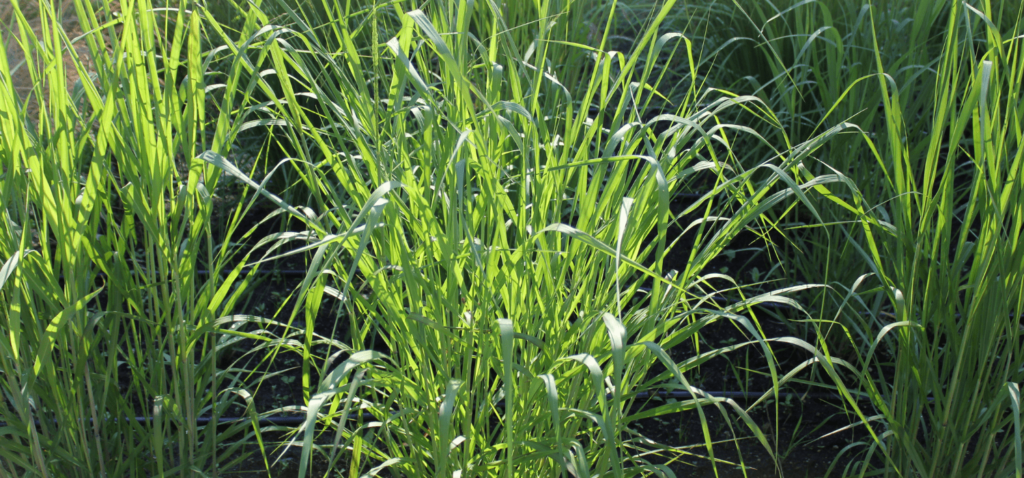
Perennials that are Perfect in Rain Gardens
Perennials work best because you won’t have to worry about planting new ones every year. Many have beautiful blooms, depending on the season. By choosing a few from each season below, you’ll ensure your rain garden provides color (and bee food!) for long periods.
Spring-Blooming Perennials:
- Garden Phlox
- Iris
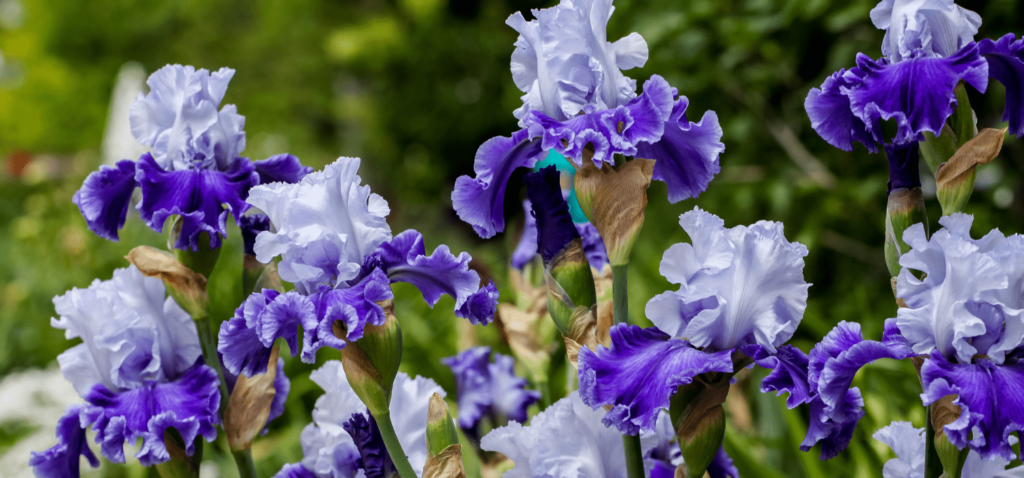
Summer-Blooming Perennials:
- Joe Pye Weed
- Cardinal Flower
- Swamp Milkweed
- Garden Phlox
- Blue Lobelia
- Ninebark
- Switchgrass
- Little Blue Stem Grass
- Aster
- American Beauty Berry
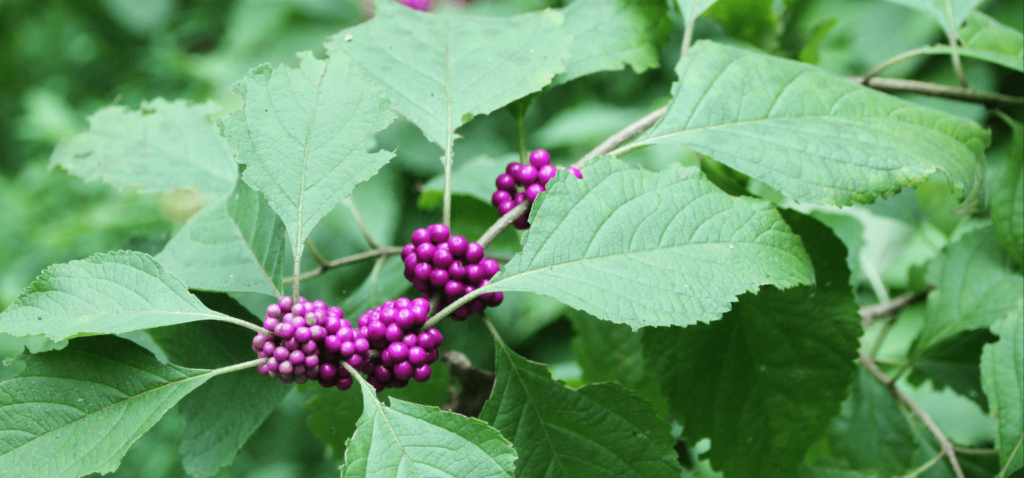
Autumn-Blooming Perennials:
- Cardinal Flower
- Switchgrass
- Coneflower
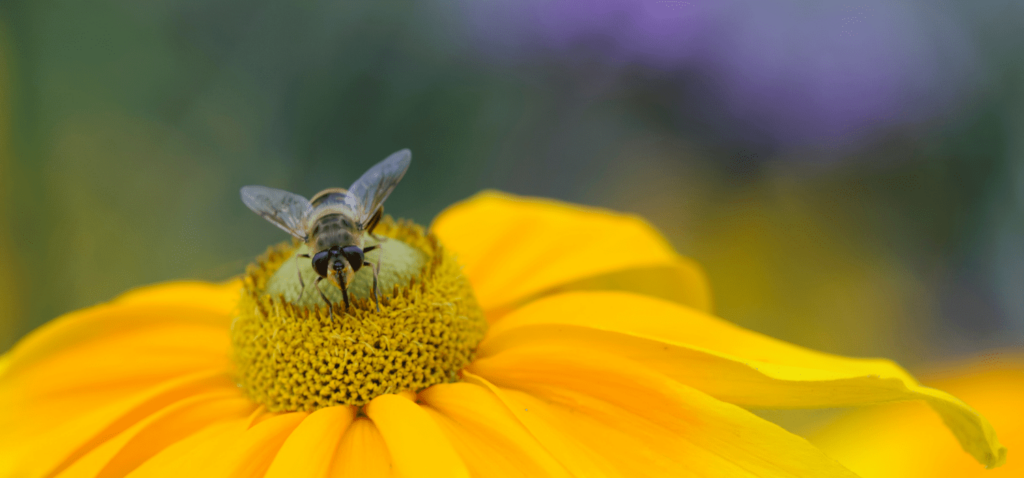
Shrubs to Plant in a Rain Garden
Just like grasses, shrubs provide an architectural element to a rain garden. Select evergreen varieties or shrubs with seasonal color like:
- Ninebark
- Inkberry
- American Beauty Berry
- Yellow Twig Dogwood
- Red Twig Dogwood
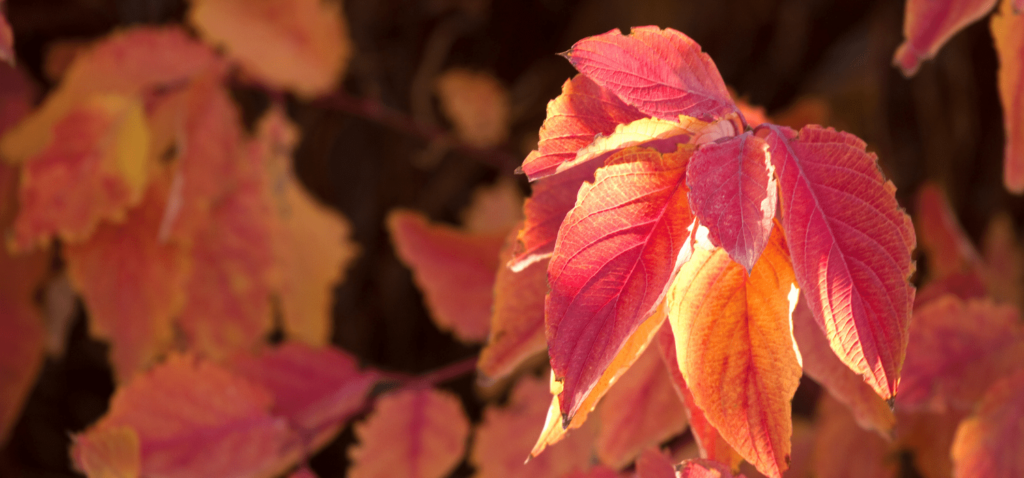
Trees to Plant in a Rain Garden
Rain garden trees can offer shade for the plants in the landscape, and add to the visual appeal of the design. Choosing trees with berries or other edible parts helps the animals in your backyard ecosystem as well. We’d recommend:
- River Birch
- Bald Cypress
- Willow
- Swamp White Oak
- American Linden
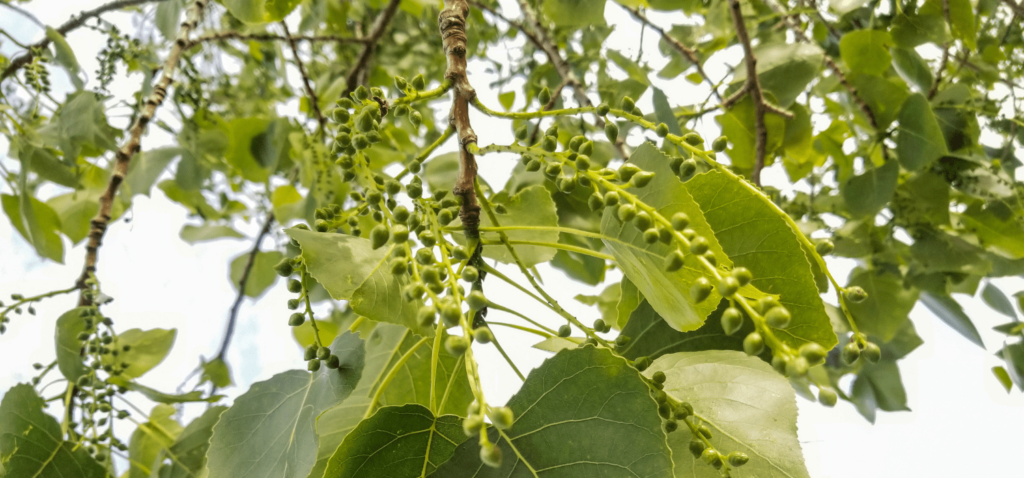
_______
The staff at Grass Roots Garden Center and Gifts can help you with every step of creating your rain garden. As the on-site biologist, I’m glad to discuss different species and how they’ll add to your garden. Stop by sometime- we love our customers!

